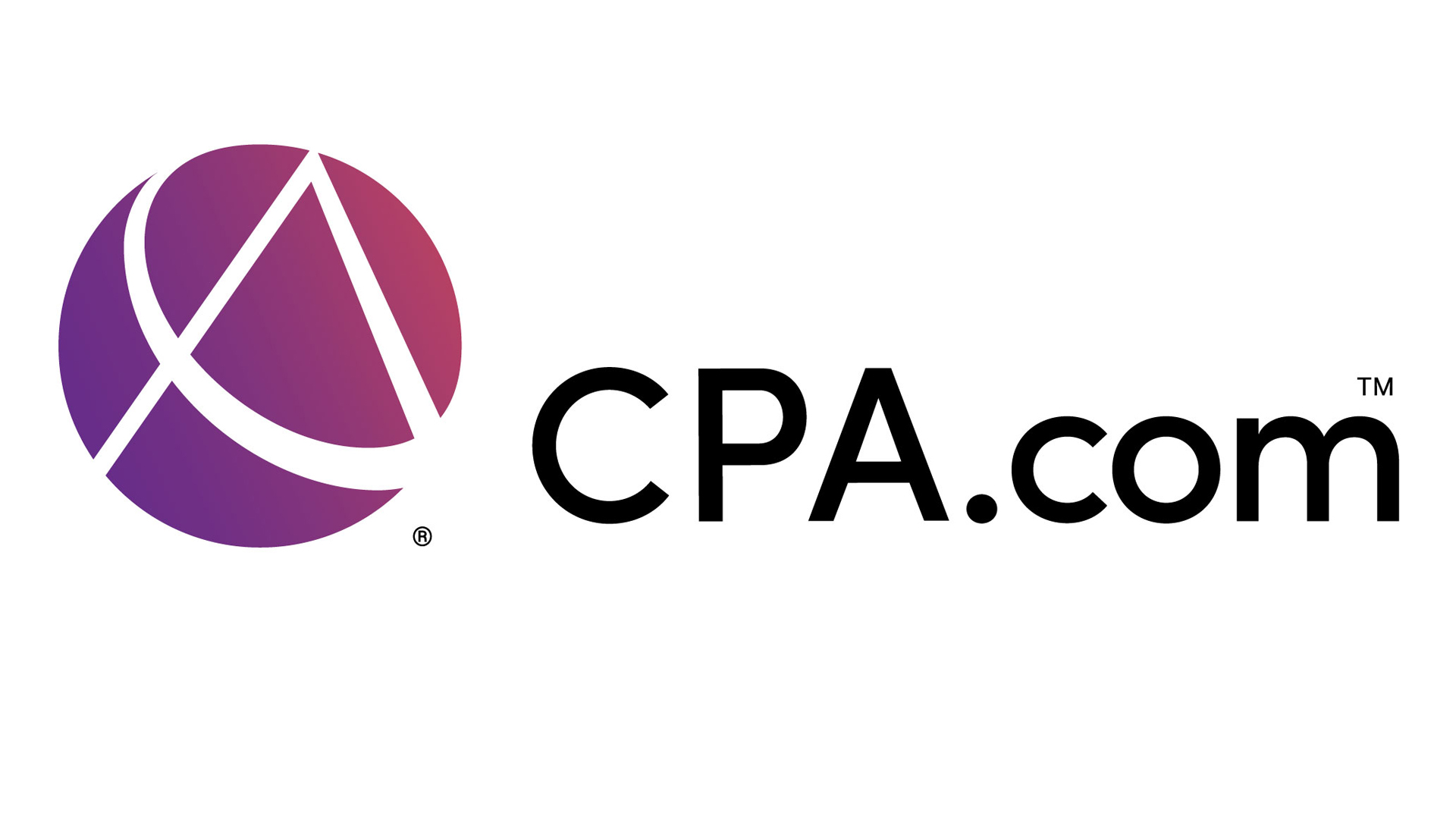By Kainar Kamalov.
Advances in technology often bring about changes in the market and vice versa. Ideally, the two feed off each other in a virtuous cycle that makes operating and financing a business more efficient. We have the opportunity to do that in the market today, but it’s not without its challenges.
An old approach meets a new challenge
Financing business growth with debt and equity has worked in pretty much the same way for decades. If you have big ideas and big upside potential, you can get equity financing but you have to give up some stake in your company. If you have predictable revenue but maybe a slower growth trajectory, you can take on loans, but they’ll come with restrictions and require some form of collateral.
Technology has made it easier than ever to connect with your customers and give them a seamless experience and the rise of SaaS and the subscription economy has turned recurring revenue into a new kind of asset. Along with that change comes the need for a new way to finance those assets.
While traditional financing has been a massive operational undertaking for companies and their accounting departments, modern financing platforms are much more connected and use data to drive access to financing in a more efficient and effective way. But how do we build platforms that are more than a shiny new way to do the same old thing?
Making the connection
Connectivity is one of the biggest forces driving all of this change. The ubiquity of fast internet and secure cloud storage allows SaaS companies to deliver great service through an internet connection. They can bill and interact with their customers from anywhere in the world, which proved critical during the height of the COVID-19 pandemic.
That level of connectivity created a massive shift in how companies earned revenue. Suddenly, recurring revenue was the goal, rather than a fringe use case of a few industries. And with connected, automated, recurring revenue streams coming in, companies had something besides collateral and big growth potential to leverage for financing. They had stable, predictable revenue streams that investors would be interested in buying. But we would need technology in order to connect those investors and businesses.
A new financing model for a new asset class
As I said, the equity and loan models have been around for decades. They’re well established but they can be slow and limiting. For example, you can raise equity by talking with VCs, but that can take months to line up. You can also go public and sell shares on an exchange, but it’s a huge undertaking! So, how do you sell future revenue streams to investors without going through a similar process?
This was the problem we set out to solve at Pipe. Companies needed a fast, frictionless way to turn their recurring revenue streams into capital so they could finance their growth without diluting their equity or taking on bank loans. Fortunately, all those interconnected, automated systems that make SaaS and subscription businesses work, also became the answer to the financing question.
Recurring revenue isn’t a traditional asset, but it does function like one for these companies. Subscriptions and contracts are dependable sources of future economic benefit. What you need is a way to confirm which revenue teams are predictably recurring and a platform for investors to access those streams.
At Pipe, we started with the systems companies already use to operate subscription businesses. By creating a secure connection to the platform for billing, accounting, and banking, we’re able to pull in all the data required to analyze future revenue streams. Where traditional lenders may have needed 4-6 weeks to process a loan and handle due diligence, we’re able to see revenue, expenses, runway, burn rate, churn, and more, all in real-time.
Our algorithm uses this data to determine the risk level of these assets, both giving companies a trading limit based on their health and giving investors a clear picture of what they’re buying without the need for them to dig into the details. The revenue streams can be completely anonymized because investors purchase the returns (the right to the revenue as it comes in) based on the risk profile and rating of the company, not individual contracts. That lets them determine the value of the investment and make wise bidding decisions quickly.
The result
By connecting directly to data sources and building a rating model suited for recurring revenue, we’ve been able to give companies access to billions of dollars in up-front capital without any dilution and with no need to take out traditional loans. It’s also allowed institutional investors to access the returns of healthy, stable companies more directly, connecting the source of capital to the real businesses that drive the economy.
Is there still a time and place for traditional financing models? Yes. But as businesses evolve, we need to keep pace with new ways to finance growth and operations. We’re watching the horizon to see where the market will go next, and building to help businesses move forward, wherever that may be.
=======
Kainar Kamalov is vice president, products, at Pipe.
Thanks for reading CPA Practice Advisor!
Subscribe Already registered? Log In
Need more information? Read the FAQs
Tags: Accounting, Small Business




